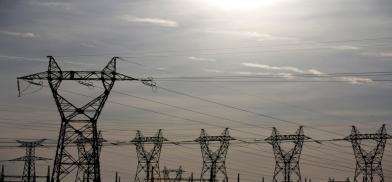Power-surplus Nepal asks consumers to use more electricity to avoid wastage
It wasn’t long ago when Nepal used to be on the list of the countries with the highest power outages

It wasn’t long ago when Nepal used to be on the list of the countries with the highest power outages. Today, its government has been doing all--from waiving basic charges to reducing tariffs-- just to make consumers use more electricity to avoid capacity loss. Well, two months have passed since the country became electricity surplus and the authorities are now struggling to manage the surplus.
Currently, the country has a capacity of 2000 MW and the domestic demand stands at 1500MW. Over 93 percent of the country’s 30 million population has access to electricity. Power generating companies have to shut down some of the turbines just to avoid wastage.
Two months back, Nepal’s Electricity Authority had approached India’s power ministry with a proposal to export electricity. It received no response. The only option left was to increase domestic consumption.
To boost domestic consumption of power, the authorities are taking a slew of measures, including reducing tariffs on different consumer bases. Households are being asked to increase the usage of electricity appliances, including electric stoves. Base charges were also reduced.
For industries, the government offered not to increase the demand rate, and in the agriculture sector, rates for tubewell usage were also reduced.
Experts, however, blame the country’s poor planning. That Nepal would soon become an energy surplus was known to all for too long. However, no one thought of planning to utilize this enhanced power generation.
Furthermore, domestic consumption can’t be increased beyond a point due to infrastructural deficiency. Transmission infrastructure--one of the most critical segments of the overall power infrastructure--remains neglected. Despite improvement in coverage of the population, not enough importance has been accorded to improve the quality of these transmission lines.
“It’s an encouraging sign that we have surplus energy,” Suresh Bahadur Bhattarai, the spokesperson of the Nepal Electricity Authority, was quoted as saying by The Kathmandu Post. He further added the existing power won’t be enough once the power coverage increases.
For a country that had lost around $11 billion of gross domestic product between 2008-2016 (based on World Bank estimates), it is ironic that today despite 24 hours supply it has been struggling to boost demand.
(SAM)









Post a Comment